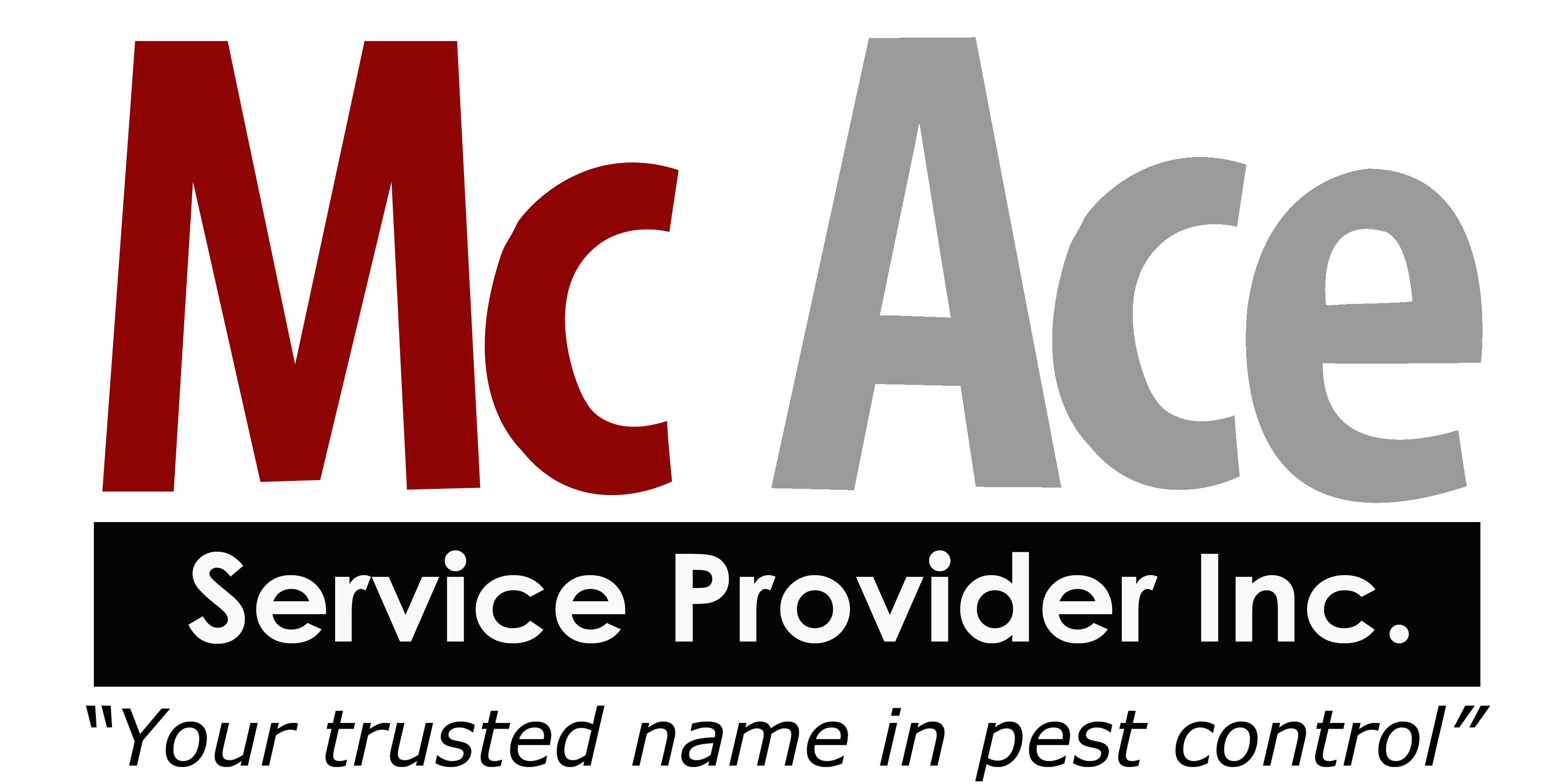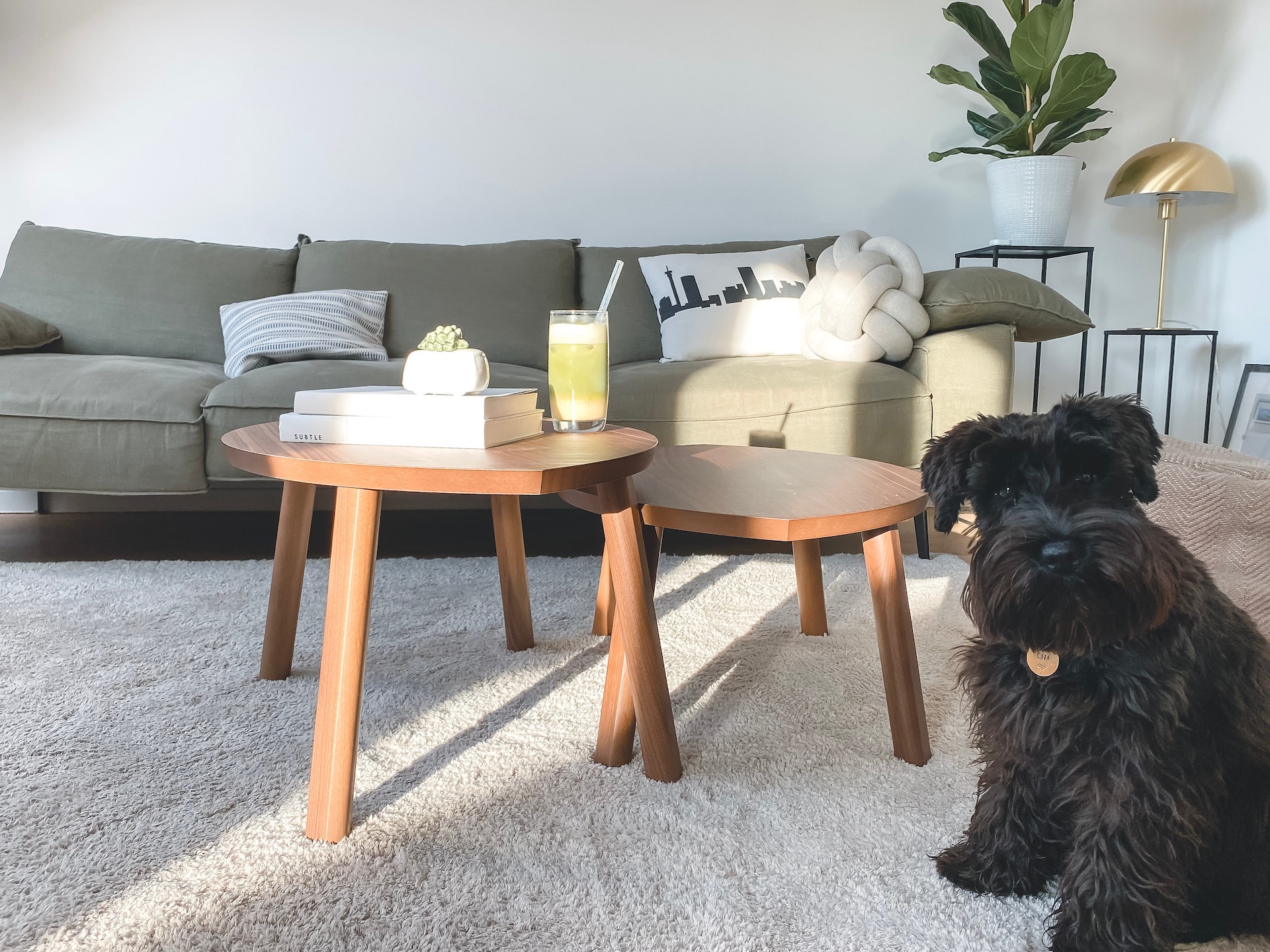When you’re building your dream house, every element that will be utilized in your home should be just the way you like it. You look at the nooks and crannies, you plan every detail, and you see to it that everything has been planned out perfectly.
There are a lot of criteria you need to consider when building a house. From top to bottom, every detail should be thought of carefully. You’ll be building a house from scratch if you buy a vacant lot, while buying a pre-built house will give you just one option, which is renovation. You need to start from the bottom since it goes with the foundation of your house. It’s important to know that when looking for floor solutions, there are some materials that are more pest-prone than others, and even though these are also the most eco-friendly solutions, you will need to ensure regular pest inspection and maintenance in the future.
Listed below are 6 of some of the most pest-prone flooring options for your home:
Reclaimed Hardwood
We all know that most of the things used in constructing a house requires wood products. These products, obviously, comes from the forests which may result to deforestation if not done properly by loggers. If you’re quite hesitant in patronizing these type of products because it causes harm to the environment, there’s still a good solution to get your hands on traditional wood floorings. For flooring makeovers, it is better to use reclaimed wood. This type of wood product came from existing that were chopped down a long time ago. This type of flooring complements the style and brings beauty to the interior of beach cottages or older homes. However, as in any type of wood, these are prone to termites and woodborers. Be sure to get your lot treated with anti-termite to protect all wood foundations and surfaces of your house.
Cork
Cork flooring is warm and shock absorbing because it is made from the bark of the cork oak tree. This flooring type is highly durable because of its UV-resistant acrylic cover, and water-resistant, which is ideal to use in kitchen and playroom or basements. The downside of using this flooring for your home is it needs replacement every 10 to 15 years. Otherwise, termites, woodborers and bedbugs might inhabit and feed on decaying materials.
Linoleum
Linoleum are cheaper than other types of flooring. It is available in the market with an array of bright vibrant colours and comes with a new sealer to protect it from stains. It will hold up to a lot of wear and tear and also provides long shelf life.
Linoleum may look like vinyl when you first see it, however, there are great distinction between the two. Vinyl is made synthetically using chlorinated petrochemicals, which are harmful to our health. Linoleum is safer to use because it is created from a concoction of cork dust, linseed oil, ground limestone tree resins, pigments and wood flour. This is great to use for your home because it is fire and water resistant. Depending on humidity and moisture, however, ant infestation may be evident after a long period of no cleaning or replacement.
Bamboo Flooring
Bamboo is a fast-growing grass abundant in the Philippines. There are different Bamboo nurseries and producers in Laguna, Bulacan and other provinces. This type provides a modern, Asian-inflected look to your home’s interior. Bamboo flooring is exceptionally beautiful to use in lofts or condos. You don’t have to worry about termites that may harm this type of flooring. It also doesn’t require pesticides or fertilizers. The bamboo plant is harvested every five years. It is durable, water-resistant and antimicrobial. Bamboos also produce 35 percent more oxygen than an identically sized grove of trees. The bamboo doesn’t just provide increased aesthetic value to your home’s interior, but also gives positive benefits our health. Make sure, however, to source materials from professional bamboo producers because bamboo insect infestation can occur due to the presence of starch and other carbohydrates if not processed properly.
Carpets
Volatile organic compound (VOC) is an organic compound found on most home-building components like paints, new furnishings, wall coverings, and even carpets. Long-term exposure to VOCs in the indoor environment may result to sick building syndrome. It may also lead to associated illnesses in infants or children that may lead to allergic, immune or respiratory effects.
Today, there different low-VOC carpets being sold in the market such as:
Wool Carpets – It is made from synthetic material that provides both positive benefits to the health and to the improvement of your home’s interior. This type of carpet is more expensive compared to regular high-VOC carpets, however, this is durable, eco-friendly and economical. It. However, wool carpet is typically more expensive.
P.E.T Berber Carpet – Polyester (P.E.T) Berber can help reduce waste materials because it is made using recycled plastic bottles. Available in different colours and patterns, this type of carpet is durable and spill-resistant to protect your floor area. It has flecked appearance that complements most colour schemes for walls.
Take note, however, that carpets generally are favorite places of tiny ticks, mites, fleas and bedbugs, in any case there’s an infestation at home.
Rubber
Though it is usually found on the neighbourhood playground or at the local gym, rubber floorings can also be used in your home. This is ideal to use in kitchens, bathrooms or sunrooms. This flooring option is slip- and water- resistant. This also comes in different colours and pattern that can be matched to your home’s interior. Rubberwood floorings, however, are susceptible to insect attack
These flooring options aforementioned are ideal to use for your home, and environment-friendly. However, you must ensure that regular pest inspection and regular maintenance and replacement of materials will be done.
Feel free to book a pest inspection from Mc Ace Service Provider Inc. for any pest control and pest protection requirements at home or office.

